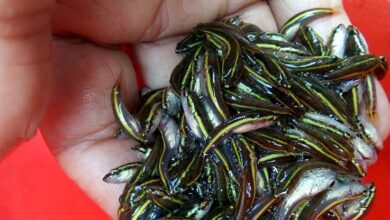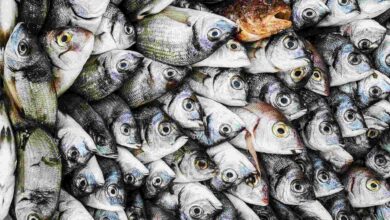
What is hybrid species?
The basis of heterosis is built on what are known as dominance genetic effects, which are the outcome of interactions between the allele pairs at every gene that affects a certain trait. In fact, combinations at every level—of species, of lines within species, and sometimes even of individuals within a population—are what underpin the use of dominance genetic effects.
Hybrid vs Crossbreed
In its purest definition, hybridization is the crossover of related species. Crossing channel catfish with blue catfish, Nile tilapia with blue tilapia, and striped bass with white bass are a few instances. On the other hand, the best name for the crossing of different stocks, lines, or variants of the same species is crossbreeding, and the offspring that result are called crossbreeds.
Potentialities of hybrid species:
Over the years, a variety of cultivated aquatic species have used heterosis, the well-known idea of “hybrid vigour,” to enhance fitness-related qualities like growth, fecundity, and disease resistance. About a year ago, a number of intriguing new research on heterosis and hybridization in aquaculture were published.
When hybrid offspring exhibit enhanced or increased biological traits relative to the parent species, this phenomenon is known as heterosis. In other words, the resulting hybrids may develop more quickly, larger, or aggressively. Since many of these fish are sterile, they don’t need to expend energy developing gonads or attempting to breed. They use their calories to get more nourishment, which causes them to grow bigger more quickly.
In comparison to their parents, the new fish hybrids are growing more quickly. Typically stronger, they can withstand low dissolved oxygen conditions well, and they produce more steaks. As a example; the hybrid striped bass, also known as wiper bass, is produced when striped bass and white bass cross. created first in the 1960s using white bass sperm and striper eggs. Wipers are among the most abundant hybrid gamefish in the US, and for good reason. In warmer, less oxygenated water, wipers also perform better than stripers. They are so stocked in a wide variety of waterbodies. They are particularly useful in aquaculture since they grow quickly and have a delicious flavor.
In rare cases, hybridization can be employed as a conservation strategy to bring genetic diversity to populations that are in danger of extinction.
Is it disadvantageous?
The potential benefit of using heterosis to improve traits with low heritabilities is fleeting, despite the fact that it can be an appealing approach. These interactions disappear during the development of eggs and sperm because they depend on particular gene combinations.
Reproductive output can be altered by hybridization through inefficient reproduction or altered mating behavior. These modifications are seen as a drawback of hybridization since they usually result in a decrease in reproductive success. Therefore, it is sad that heterosis cannot be inherited or passed down through the generations. Because of the genetic incompatibility of the parent species, hybrids may be more susceptible to genetic defects and health issues.
Farhana Islam
Agriculturist, Researcher
Fisheries Resource Management, CVASU




